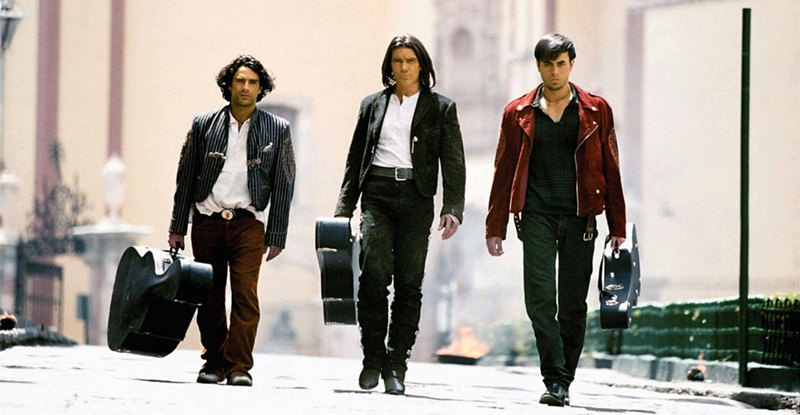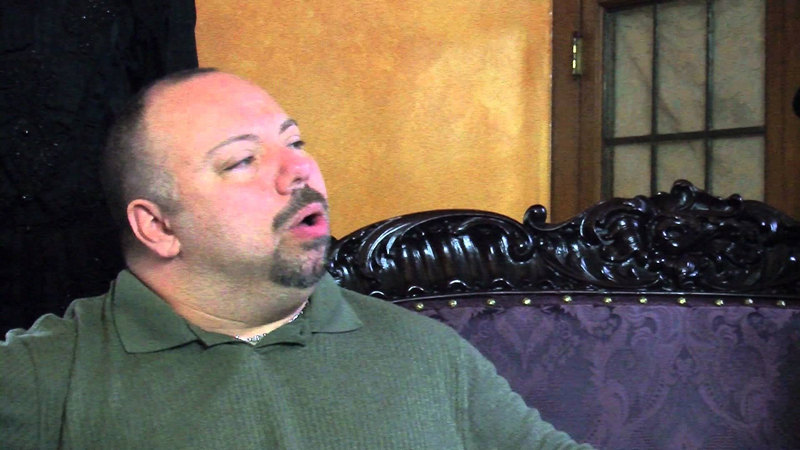In 2003, Steve Martin and Queen Latifah made their only film together: “Bringing Down the House,” which, if you can believe the box blurbs, Larry King said is “one of the funniest movies ever.”
Ever?
I’m guessing that like Dame Joan Ann Plowright, who plays the rich heiress who ends up smoking pot in a club in the “hood” at the apex of absurdity in this film from Adam Shankman (“Bedtime Stories,” “Glee”), the suspendered one was high at the time . . . or else misquoted.
I say that because “Bringing Down the House” is a tedious comedy that wastes the talents of both Martin and Latifah with an idiotic honkie/sista version of “Pretty Woman,” but without the chemistry and romance—a “Let’s pair an escaped con street-smart black woman with a button-down collar tax lawyer and see what happens” affair. Only what happens isn’t pretty. It’s mildly amusing in spots, but for the most part it’s tedious. There’s no other way to put it. “Bringing Down the House” is one of those films that makes you wonder who approved the script in the first place. It’s the kind of movie that’s only for young people, because the older you get, the more sensitive you are about wasting precious time.
Everything about this film is painfully familiar, except, perhaps, for the vicious-but-comic catfight between Latifah and Missi Pyle, who plays a high-society gold digger. That altercation, by the way, earned a “Best Fight” MTV Movie Awards nomination. Latifah also won the Teen Choice Award for Movie Actress-Comedy, a Kid’s Choice Award for Favorite Movie Actress, an Image Award for Outstanding actress, and a BET Award for Best Actress.
This uninspired bit of silliness begins like “You’ve Got Mail,” with ladder-climbing attorney Peter Sanderson (Martin) chatting online with “Lawyergirl” (Latifah), who finally says she’s coming to visit. Only when she comes, she’s not the anorexic blonde that Sanderson expected. She turns out to be an earthy black woman who tells him that she wants his help reopening her case—armed robbery—and defending her, even though she hasn’t been released, as she’s told him. She’s actually escaped.
Now, some might consider what I just did a “spoiler,” but nothing spoils a film more than goofy logic. So if this kid is escaped and the FBI is after her, and there’s even a TV spot about her, why is she just strolling in public all the time as if she hasn’t a care in the world? That’s the movie’s chief logical flaw, and it leads to others. Like, when Martin’s character dresses “hoody” and heads to a mostly-black club, as much as a standout doofus as he is, why isn’t he taken down? And when the rich old lady he’s trying to woo as a client is brought to the same club and sits at a bar between two pot-smokers from the ‘hood, why is it that they pass the joint instead of grabbing this old gal’s diamond necklaces and running? And why is it that . . . .
Yeah, well, forget it. I already know why. It’s the hallmark of high-concept filmmaking. And no amount of acting or direction can counteract that, especially when the concept is vapid. It’s an unlikely, even preposterous premise that also throws in a little “Mrs. Doubtfire,” and nothing happens throughout the course of the film to make you believe otherwise. Understand, I get it that when an old lady has a dog named William Shakespeare that accompanies her everywhere, we’re not talking about realism, but even silliness has to have one foot in logic, or else it doesn’t work.
From the minute that Charlene (Latifah) enters Peter’s life, you know it’s a “Touched by an Angel” scenario. She’s going to help him, and, like Mrs. Doubtfire, she’s going to help his kids. But with a sassy attitude. You got a problem with that? The racist neighbor does (Betty White, in another wasted performance).
The result—as Peter attempts to win an important account, his cohort (Eugene Levy) tries to hit on Charlene, and Charlene comes to the rescue on a number of occasions—is a story that we’ve seen before countless times. Well, except for the catfight. And even that smacked of the Girl Scout rumble at the waterfront in “Airplane!”
I’ve been picking on Larry King, but I can’t end this review without ripping on David Sheehan (CBS-TV) as well, for calling this one “outrageously funny.” Outrageous, maybe. But funny? Not even close.
Video:
I wish “Bringing Down the House” was as good as it looks. The AVC/MPEG-4 transfer is a good one, with no visible artifacting. Colors are bright and bold, detail is superb, black levels are nice and inky, and even night scenes have superior edge delineation. “Bringing Down the House” is presented in 2.35:1 aspect ratio.
Audio:
The featured audio is an English DTS-HD MA 5.1 that has to be played pretty loud, or else the mostly center-speaker dialogue can sound muffled. Once you get into the higher decibels everything kicks in just fine, though I personally would have wished for the dialogue to be a little louder in the mix. Apart from the music backdrops and the big club scene, it’s really a tame soundtrack, with not much in the way of rear speaker action. Additional audio options are French Dolby Digital 5.1 Surround and Spanish Dolby Digital 2.0 Surround, with subtitles in English SDH, Spanish, and French.
Extras:
I’m going to be honest. After wasting a night reviewing this film, I had no desire whatsoever to slog through bonus features. I skimmed them, because it’s almost an offshoot of Murphy’s Law that the worst films tend to include more bonus features. This one comes with a commentary from Shankman and writer Jason Filardi, who think this stuff is laugh-out-loud funny. There’s also a “Godfather of Hop” featurette spotlighting Levy in character, a “Breaking Down Bringing Down the House” behind-the-scenes featurette (both of which are standard), a Queen Latifah “Better Than the Rest” music video, deleted scenes, and a gag reel.
Bottom line:
Larry King, what were you thinking? If this is “one of the funniest movies ever,” I’m a condom. And that’s about as funny as this film.


